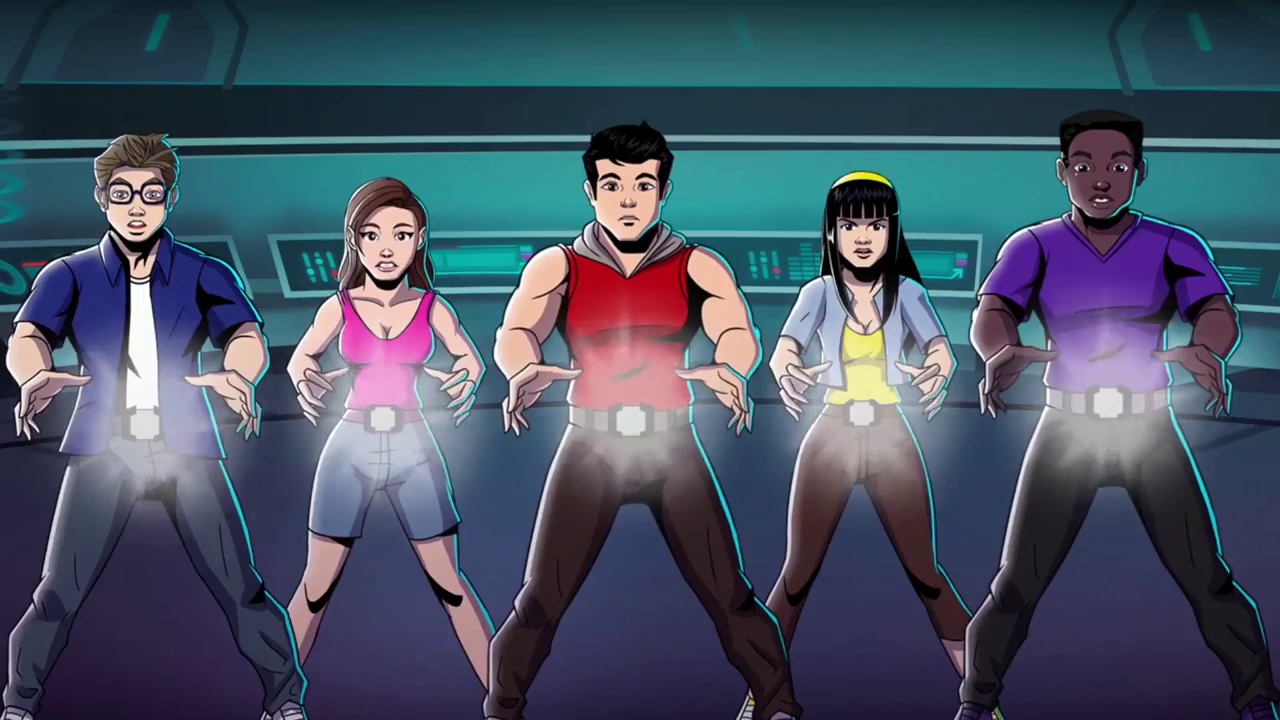

On “Challenging” I died over and over and over, but on “Interesting” (the next step down) I steamrolled through every encounter.

Chroma Squad provides four different tiers of challenge and none of them felt quite right. I also took issue with the difficulty settings available in the menu. For a low-fi, 16-bit throwback like Chroma Squad that’s not pushing the hardware, this sloppiness isn’t easily excusable. Issues arose with the music as well - sometimes two different themes would play at the same time or the soundtrack might drop out completely. I even encountered these frame drops in the turn-based sections. These battles depend on impeccably-timed button presses, and framerate dips often caused me to miss my window. My only problem with the mecha battles came from the game’s prevalent technical bugs. However, despite the low difficulty, vanquishing a giant monster with a finishing move was a consistent high point. These sections are exhilarating, but easy-over the course of 15 hours, I never had to attempt a mecha sequence twice. Once those are out of the way, the game shifts into high gear with the Squad members beaming up into a massive mecha for a fistfight against a towering enemy. Most battles take multiple rounds to complete with the first few dedicated to tactical ground battles. One area finds our heroes descending into the sewers to take on swampy monsters, while another sends the Squad rocketing up into space. The devs get around some of this weak level design by varying the scenery with each episode. Combat is enjoyable, but about halfway through the game, battles begin to feel a little same-y. A handful of battlefields take advantage of height differentials, but any gulf between player and enemy can be bridged without much special maneuvering. Team moves are easy to execute, and pulling off a ‘Chroma Power’ strike to vanquish a powerful enemy is satisfying.įrom a design standpoint, the maps skew a little too flat. Pink is an assist, and wields an arsenal of HP-restoring techniques. Black is assault, and brings powerful ax strikes and ‘squarehouse kicks’ to the mix. The blue ‘ranger’, I learned early on, is a techie and uses guns in combat. The Power Rangers group structure, it turns out, translates pretty neatly to team-based strategy combat.įor example, assigning different abilities and traits by color makes it easy to read the battlefield at a glance. The game follows a group of stunt actors, who after a brief tutorial sequence which finds them slaving away under a dictatorial, narcissistic director, quit their day jobs to start their own company and independently produce their own Sentai show. To do this, the player is tasked with battling evil minions and boss monsters while also managing the Squad’s studio. While I may not be the exact player the developers had in mind, I’m happy to report that Chroma Squad is a good tactical RPG… but sadly, it’s also one with crippling technical issues. As such, these games provided an opportunity for me to flex my strategic muscles against an AI. I loved chess as a kid, but rarely had anyone to play with. I grew up playing Shining Force and Final Fantasy Tactics Advance. On the other hand, I love turn-based strategy games. If I was cringing at Zach and Cody’s juvenile jokes, how hard would my parents roll their eyes? I avoided the popular ‘90s show, because, weirdly, I was always embarrassed to watch kids’ shows with my parents in the room. I bring to the table no nostalgia for the Power Rangers, the Americanized Sentai property that Chroma Squad is lovingly sending up. I approached Chroma Squad, the 2015 tactical RPG released last month on consoles, with the knowledge that I am only half of developer Behold Studio’s ideal player. WTF Lord Gaga, whose similarities to pop’s Lady extend beyond name. Low Near-constant framerate issues, technical bugs and input lag. High Fans of turn-based games get a quality, relatively lengthy release.


 0 kommentar(er)
0 kommentar(er)
